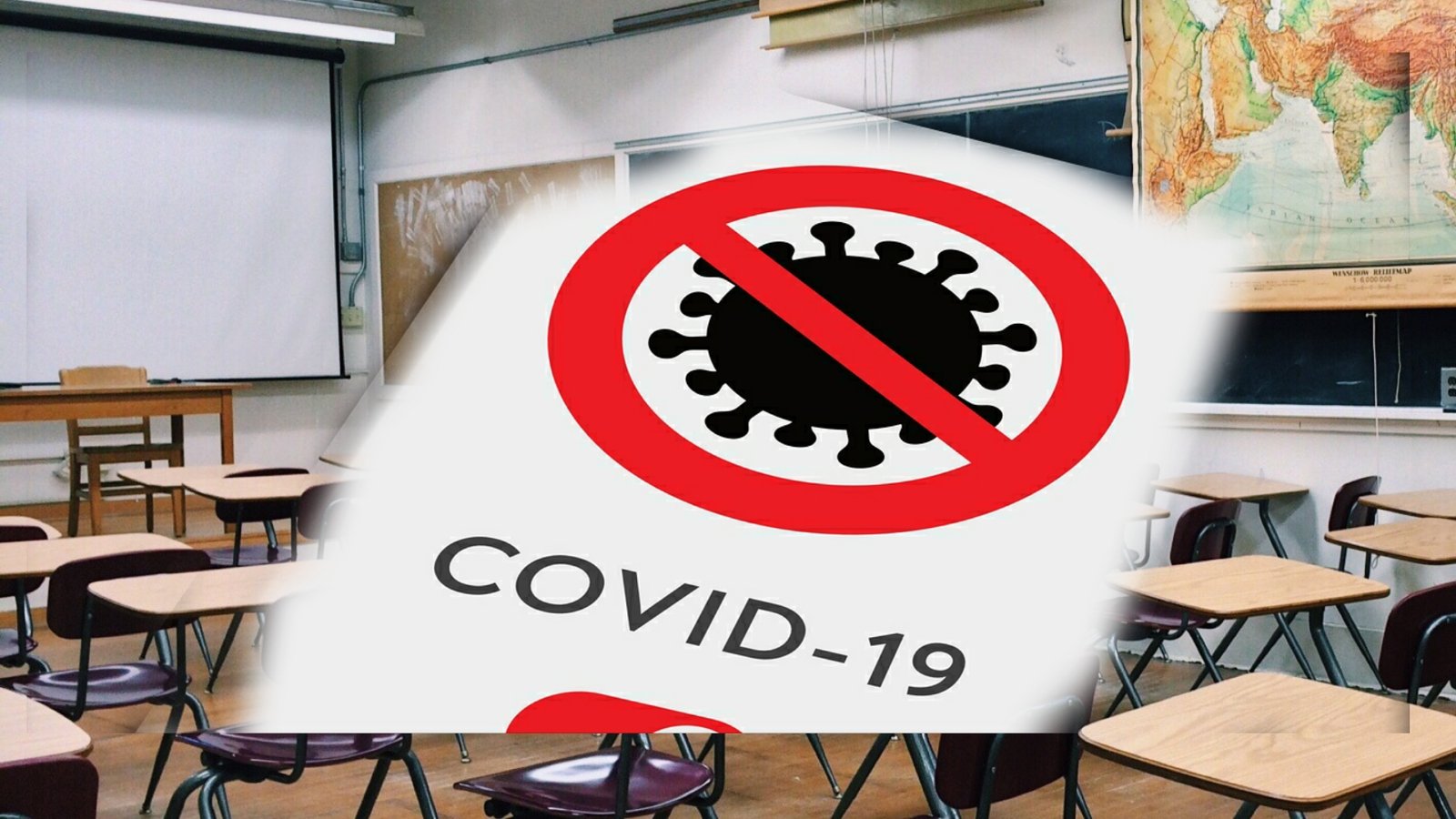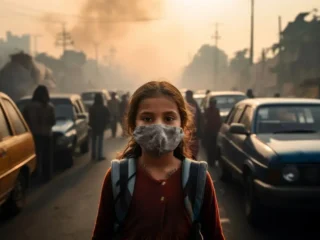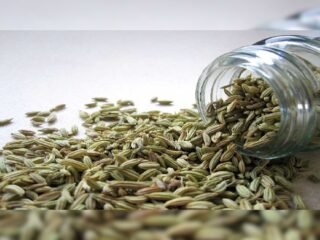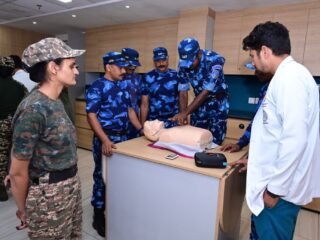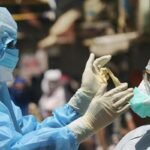A modeling exercise by researchers at the Fred Hutchinson Cancer Research Center in Seattle has found that a new member of the SARS-CoV-2 family needs luck to more easily invade cells. A new variant also needs the luck to mutate to elude the virus-killing effects of a COVID-19 treatment.
First, a new variant has to get out of the body it is in and infect some more people, says the study.
The study suggests that for a genetic variant of SARS-CoV-2 to become a menacing new presence, it’s not enough to be scary and highly transmissible. It also needs a string of lucky breaks to establish itself.
A new variant will have gain entree to a superspreader event if it is to have a fighting chance of planting its flag in a population. The new variant needs to hitch a ride to someplace like a choir practice, a political rally, a poorly ventilated barroom or a packed indoor arena where people are mingling at close quarters and many are not wearing masks.
Once there, it needs to infect at least a handful of people. Five would be enough for the new variant to live on to compete for more victims. Infecting 20 or more will give it a real chance of becoming predominant in its new community.
The likelihood that a new variant will clear all obstacles is actually pretty slim, the researchers concluded. And that should offer humans a bit of hope.
But then there’s reality: At least five new “variants of concern” have apparently overcome these forbidding odds in the span of about six months.
That suggests something rather ominous: There are probably many more such variants out there, each looking for its lucky break. While few variants will get it, it only takes one or two with the right constellation of mutations to prolong or escalate the pandemic—or to undermine the vaccines and medicines that could end it.
The most effective way to reduce the number of new variants is to prevent “large waves of infection” from happening in the first place, the study authors write. Not only is a surge an ideal environment for generating new variants, it also offers plenty of opportunity for a superspreading event.

